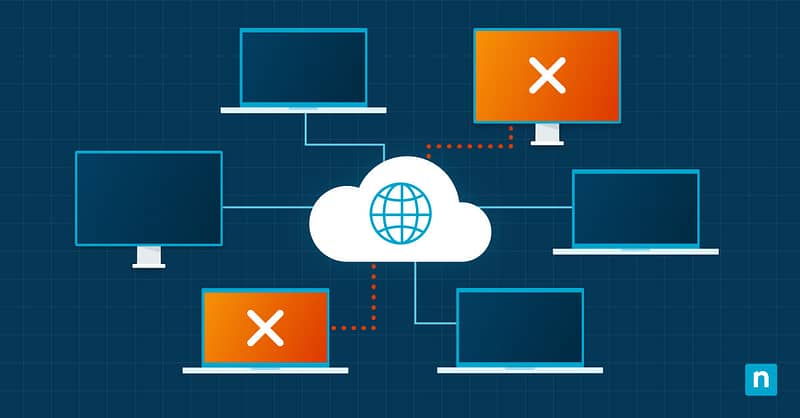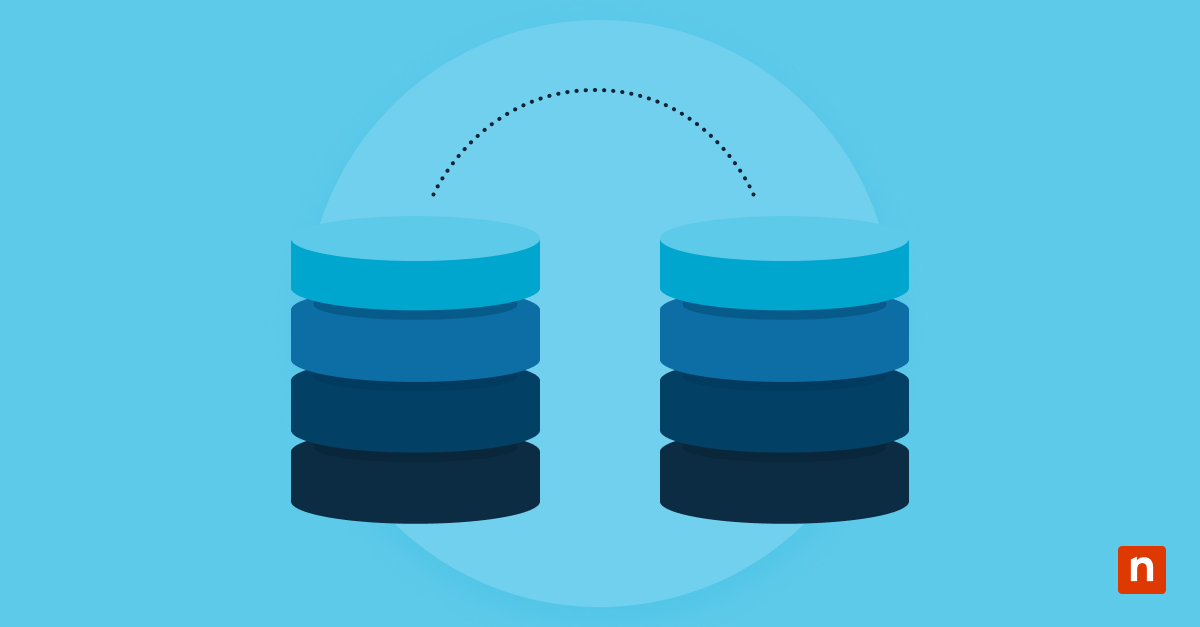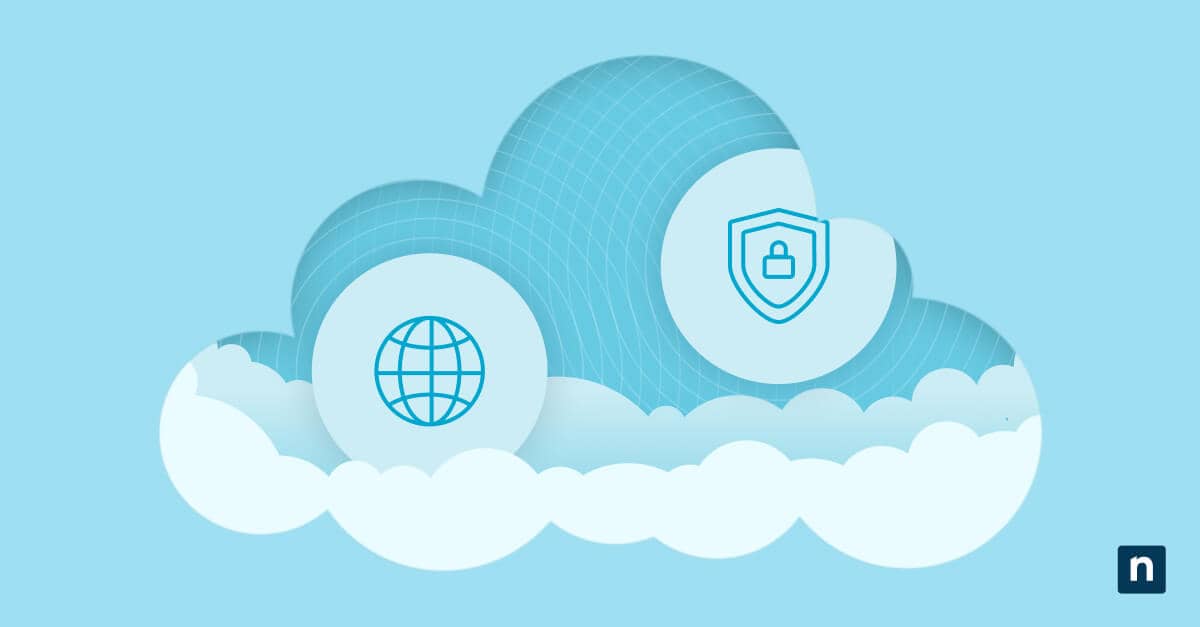Managing data security used to mean playing detective across dozens of disconnected systems. Data security posture management (DSPM) changes that game entirely. Instead of hunting for vulnerabilities and compliance gaps, you get automated discovery, continuous monitoring, and actionable insights that actually help you stay ahead of threats.
What is DSPM and why does it matter for IT teams?
Data security posture management represents a unified approach to discovering, classifying, and protecting sensitive data across your entire digital infrastructure. What is DSPM at its core? A combination of automated data discovery with continuous risk assessment that provides comprehensive visibility into your organization’s data security landscape.
Rather than managing separate tools for data classification, vulnerability scanning and compliance monitoring, DSPM consolidates these functions into a single platform that eliminates the need for manual coordination between disparate security systems.
Data security posture management in cloud security
DSPM excels in cloud environments where data can spread across multiple platforms, services, and geographic regions. Traditional cloud security tools often create blind spots between different cloud providers or fail to track data as it moves between on-premises and cloud storage.
On the other hand, DSPM addresses these gaps by providing unified visibility across hybrid and multi-cloud architectures, automatically mapping data flows and identifying security risks regardless of where your information resides. This cloud security strategy provides consistent protection whether your data lives in AWS, Azure, Google Cloud, or your private data center.
How DSPM supports IT security best practices
Keeping systems under constant watch and responding automatically to threats is necessary, yet it’s something manual work simply can’t scale. With DSPM, the repetitive parts of security are automated, so your team can move faster while still meeting the standards you rely on.
Improve visibility and control over sensitive data
Sensitive data includes personal information, financial records, intellectual property, healthcare data and confidential business communications that require special protection. DSPM platforms automatically scan your entire infrastructure to locate and classify these data types, creating detailed inventories that update in real-time as new information enters your systems.
Key visibility improvements include:
- Automated discovery of sensitive data across all environments: databases, file shares, cloud platforms, and backups.
- Real-time classification of data types, sensitivity levels, and compliance obligations without manual tagging.
- End-to-end data flow mapping that reveals how information moves across systems, apps, and user roles.
- Access monitoring and audit trails that track who views, edits, or deletes sensitive data and when.
- Dynamic inventory updates that detect and classify new data sources as they appear, keeping your visibility current.
Automate risk detection and response
DSPM continuously analyzes your data environment to identify potential security risks, misconfigurations, and compliance violations without requiring manual investigation. These systems monitor access patterns, permission changes, and data movement to detect anomalies that might indicate security threats or policy violations.
Advanced DSPM solutions integrate with existing security tools to trigger automated responses when high-risk situations arise, such as automatically quarantining suspicious files or alerting security teams when unauthorized access attempts occur.
This automation eliminates the detective work that traditionally consumes significant IT resources while providing faster response times than manual monitoring processes.
Enable real-time compliance monitoring
Traditional compliance management relies on periodic audits and manual reporting processes that create gaps between assessment cycles. DSPM transforms compliance monitoring into a continuous process that provides real-time visibility into your organization’s adherence to regulatory requirements like GDPR, HIPAA, PCI DSS, and SOX.
These platforms can automatically generate compliance reports, track remediation efforts,, and alert teams when configuration changes create new compliance risks. Real-time monitoring capabilities provide immediate attention to compliance violations rather than waiting for the next scheduled audit cycle.
When to implement data security posture management
Organizations typically consider DSPM implementation when their existing security tools fail to provide comprehensive visibility across increasingly complex IT environments. The decision to adopt data security posture management often coincides with digital transformation initiatives, cloud migrations, or regulatory compliance requirements that exceed the capabilities of traditional security approaches.
Signs your organization needs DSPM
If manual security processes are draining resources, compliance demands are outpacing your capabilities, or data sprawl is creating blind spots across your infrastructure, it’s time to consider DSPM. Organizations experiencing rapid growth, cloud adoption or regulatory changes often find that their existing security tools cannot keep pace with evolving requirements.
DSPM implementation timing depends on recognizing these key indicators:
- Security teams spend more time hunting for data and vulnerabilities than addressing actual threats or implementing protective measures.
- Compliance audits reveal data protection gaps that existing tools failed to identify or address adequately.
- Data breaches occur because sensitive information exists in unknown or unmonitored locations across your infrastructure.
- Manual processes delay incident response times and prevent proactive threat mitigation efforts from succeeding.
Integrate DSPM with existing cloud security tools
DSPM delivers the most value when it integrates seamlessly into your existing security stack without adding complexity, tool sprawl or new operational overhead. The top DSPM platforms connect directly with the cloud security, SIEM and identity tools you already use, which helps streamline your workflows and cut down admin work.
Look for solutions that strengthen your current security stack instead of forcing you to replace what’s already working. This way, you consolidate security functions and avoid piling on more management overhead.
Avoid common mistakes in DSPM adoption
Teams often underestimate how much planning goes into a smooth DSPM rollout, which leads to delays and disappointing results. One common mistake is trying to deploy DSPM everywhere at once instead of rolling it out in phases, testing, and making adjustments along the way.
Another pitfall is not bringing in the right stakeholders, especially data owners and business users who know how sensitive information moves through daily work. It’s also easy to overlook the need for clear data classification policies before turning on DSPM tools, which can lead to inconsistent or unreliable automated results.
Key questions to ask before choosing a DSPM solution
Selecting a DSPM platform is not just about checking off features. You want a solution that fits your business’s current and future needs. Before you commit, step back and look at the bigger picture — how will this platform work with your existing tools and what will it look like as your organization grows?
Consider these key questions:
- Does the platform provide comprehensive coverage across your current and planned infrastructure, including on-premises systems, multiple cloud providers, and hybrid environments?
- How effectively does the solution integrate with your existing security tools, particularly SIEM systems, identity management platforms, and IT security best practices already in place?
- What level of automation does the platform offer for data discovery, classification, risk assessment, and compliance reporting without requiring extensive manual configuration?
- Can the solution scale to accommodate your organization’s growth while maintaining performance and providing detailed visibility into expanding data environments?
- Does the vendor provide adequate support, training, and professional services for successful implementation and ongoing data security posture management optimization?
Align your data security strategy
Automate patching, backups and threat protection — all in one platform that integrates with your existing tools and scales with your business. No platform fees. Free onboarding. Local support. Start your free trial and see how NinjaOne can accelerate your DSPM strategy.








